Big Blue has made Qiskit Metal generally available, to let “anyone” try their hand at quantum hardware design.
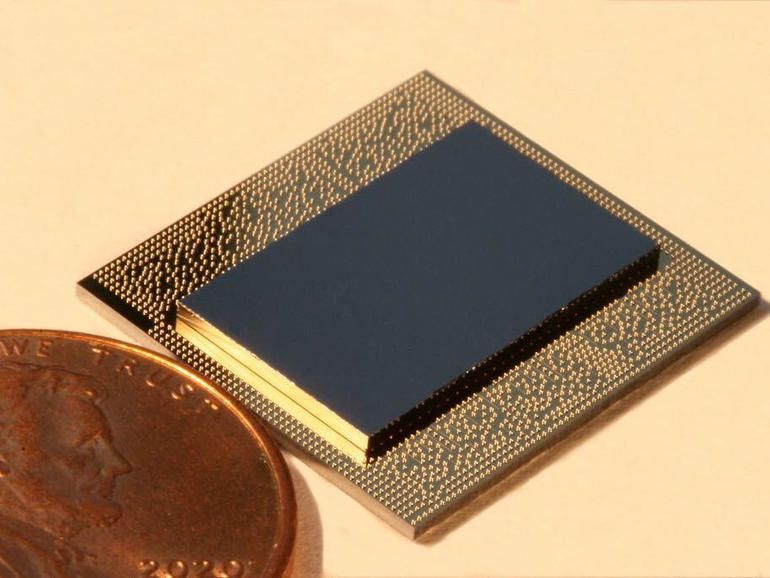

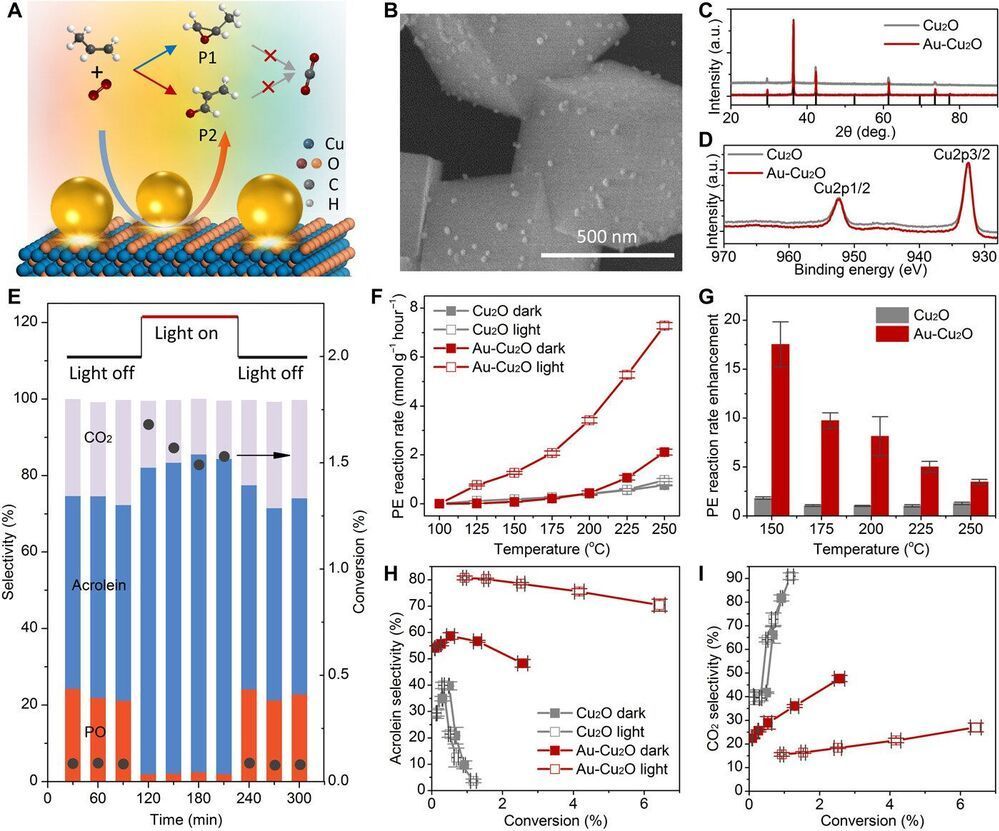
When optimizing catalysis in the lab, product selectivity and conversion efficiency are primary goals for materials scientists. Efficiency and selectivity are often mutually antagonistic, where high selectivity is accompanied by low efficiency and vice versa. Increasing the temperature can also change the reaction pathway. In a new report, Chao Zhan and a team of scientists in chemistry and chemical engineering at the Xiamen University in China and the University of California, Santa Barbara, U.S., constructed hierarchical plasmonic nanoreactors to show nonconfined thermal fields and electrons. The combined attributes uniquely coexisted in plasmonic nanostructures. The team regulated parallel reaction pathways for propylene partial oxidation and selectively produced acrolein during the experiments to form products that are different from thermal catalysis. The work described a strategy to optimize chemical processes and achieve high yields with high selectivity at lower temperature under visible light illumination. The work is now published on Science Advances.
Catalysts
Ideal catalytic processes can produce desired target products without undesirable side effects under cost-effective conditions, although such conditions are rarely achieved in practice. For instance, high efficiency and high selectivity are antagonistic goals, where a relatively high temperature is often necessary to overcome the large barrier of oxygen activation to achieve high reactant conversion. Increasing the functional temperature can also lead to overoxidized and therefore additional byproducts. As a result, researchers must compromise between selectivity and efficiency. For instance, a given molecule typically requires diverse catalysts to generate different products, where each catalyst has different efficiency and selectivity. To circumvent any limitations, they can use surface plasmons (SPs) to redistribute photons, electrons and heat energy in space and time.

The fabric is about as bright as the average flat-screen TV. The researchers noted their prototype was also significantly more durable than conventional thin-film flexible displays, making it more suitable for practical use. The performance for most of the display remained stable after 1000 cycles of bending, stretching and pressing, and 100 cycles of washing and drying.
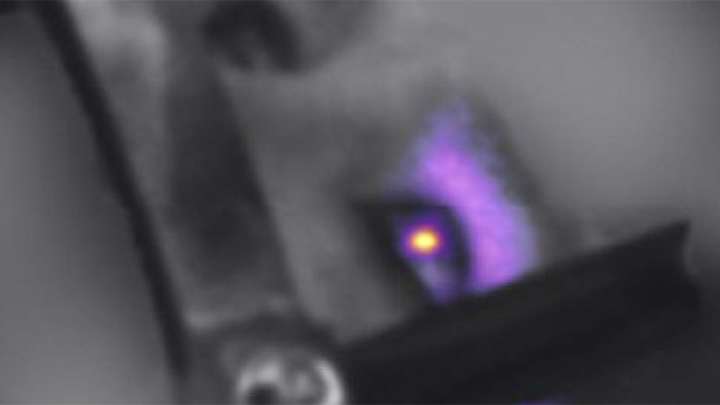
For decades, people undergoing radiotherapy, which is used to treat cancer, have reported a bizarre phenomenon: Seeing flashes of light in their eyes, even when their eyes are closed.
Patients documented in the medical literature have described a ‘‘ray of blue light” and ‘‘seeing a blue neon light”, sometimes accompanied by a “white smell” during the delivery of radiation, lasting for a fraction of a second. There have been several theories for why this could be happening, including retinal pigments inside patients’ eyes being stimulated during the therapy, or that Cherenkov light or Cherenkov radiation – the same effect that makes nuclear reactors glow blue when they’re underwater – is produced inside the eyeball itself.
Now scientists have captured this strange light for the first time, producing the first photographic evidence that the phenomenon is in fact Cherenkov light.
1.2 billion pixel panorama of Mars by Curiosity rover at Sol 3060 (March 152021)
🎬 360VR video 8K: 🔎 360VR photo 85K: http://bit.ly/sol3060
NASA’s Mars Exploration Program Source images credit: NASA / JPL-Caltech / MSSS Stitching and retouching: Andrew Bodrov / 360pano.eu.
Music in video Song: Gates Of Orion Artist: Dreamstate Logic (http://www.dreamstatelogic.com)
#Mars360 #Video360 #360VR #Mars #Sol3060 #Gigapixel


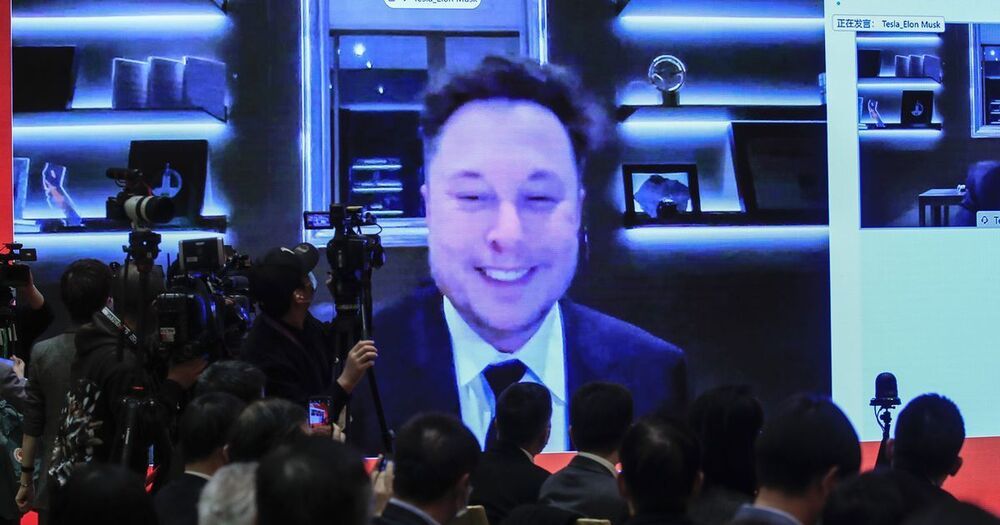

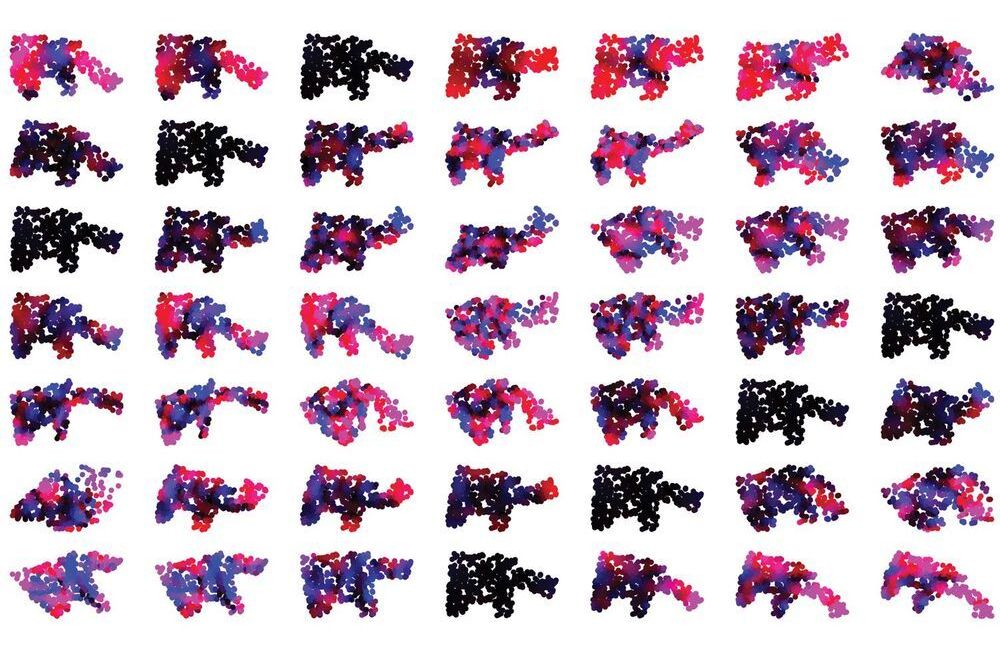
There are some tasks that traditional robots — the rigid and metallic kind — simply aren’t cut out for. Soft-bodied robots, on the other hand, may be able to interact with people more safely or slip into tight spaces with ease. But for robots to reliably complete their programmed duties, they need to know the whereabouts of all their body parts. That’s a tall task for a soft robot that can deform in a virtually infinite number of ways.
MIT researchers have developed an algorithm to help engineers design soft robots that collect more useful information about their surroundings. The deep-learning algorithm suggests an optimized placement of sensors within the robot’s body, allowing it to better interact with its environment and complete assigned tasks. The advance is a step toward the automation of robot design. “The system not only learns a given task, but also how to best design the robot to solve that task,” says Alexander Amini. “Sensor placement is a very difficult problem to solve. So, having this solution is extremely exciting.”
The research will be presented during April’s IEEE International Conference on Soft Robotics and will be published in the journal IEEE Robotics and Automation Letters. Co-lead authors are Amini and Andrew Spielberg, both PhD students in MIT Computer Science and Artificial Intelligence Laboratory (CSAIL). Other co-authors include MIT PhD student Lillian Chin, and professors Wojciech Matusik and Daniela Rus.